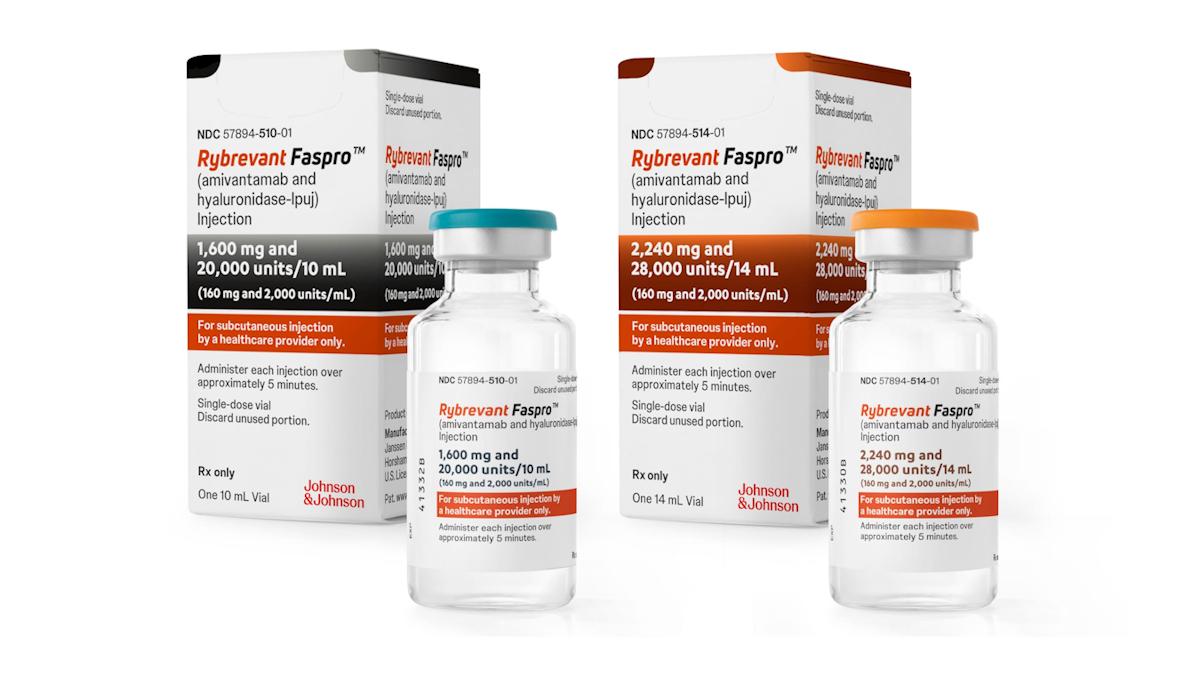More to come from PARP drugs, says biotech CEO after striking radiotherapy deal with AZ

Five years AstraZeneca became an oncology trailblazer by getting the first PARP inhibitor class drug Lynparza, approved by the FDA for certain ovarian cancers.
Now the UK pharma is aiming to build on this by striking a licence arrangement with UK biotech Theragnostics to develop based on poly (ADP-ribose) polymerase (PARP) inhibitors attached to a radioactive atom that could be used to both image cancer and treat it.
PARP inhibitors work by working on a DNA repair mechanism that is present in certain fast-growing tumours – blocking the action of the PARP protein that is part of the mechanism causes cancer cells to become unable to repair themselves and die.
In an interview with pharmaphorum, Theragnostics’ CEO Greg Mullen said that AZ has bought into the concept in a licensing deal giving the biotech freedom to operate globally in the diagnostic radionuclide-labelled PARP drugs. AZ also has an option on certain radioactively-labelled PARP drugs as therapies.
Mullen could not reveal financial details but described the arrangement as a standard licensing deal, with an upfront fee and royalties.
AZ is not the only pharma working using drugs to deliver doses of radiation to tumours: Novartis' Lutathera (lutetium Lu 177 dotatate) is approved in neuroendocrine tumours, and Bayer's Xofigo (Radiunm Ra 223 dichloride) is approved in advanced prostate cancer.
According to Mullen the new approach could broaden the use of PARP drugs, which are currently limited to a fairly small percentage of cancers with the BRCA1 and BRCA2 mutations.
Mullen said that radioactive PARP drugs could be used to prime tumours to make them more receptive to other drugs, as well as a monotherapy.
He said: “We use the PARP on the DNA as a selective target and the radiation does the killing. We can also use it as a radiosensitiser to get a better treatment effect.”
By damaging DNA, the drug could stimulate the production of more PARP, which could be used to widen the scope of drugs such as Lynparza.
Difficult to reach tumours such as those in the brain could be attacked first with therapies such as external beam radiotherapy, causing tumours to produce more PARP and become susceptible to the radioactive targeted drug.
According to Mullen the concept has been been “de-risked” after succeeding in an early stage trial when used as a radioactive imaging label.
The plan now is to begin a phase 1 trial in solid tumours as a therapy in the first half of next year.
Once this is complete the company will have a good idea about whether the drug works, paving the way for a potential development pathway based on a “tumour agnostic” indication in PARP-expressing tumours.
The tumours most susceptible will likely be aggressive and fast-growing such as small-cell lung cancer, head and neck, glioblastoma, testicular, pancreatic, and late-stage prostate cancers.
“(We could go for) a cancer agnostic indication and do a basket study in a number of different cancers, in PARP positive cancers,” he said, saying that discussions with the FDA would happen after phase 1.
The approach used delivers a radioactive dose at a very close range using a technique known as Auger therapy.
The radioactive part of the drug is excreted through the liver not the kidney, to minimise toxicity, according to Mullen.
Mullen said that Theragnostics’ approach will likely help to stimulate demand for the PARP class, which analysts Evaluate Pharma said could peak at $4.8 billion by 2023.
Mullen: "PARP inhibitors are in their first years of approval. Conventional PARPS will be several billion dollar drugs.”
This bodes well for AZ’s Lynparza, which is just beginning to break through the billion-dollar annual sales barrier, according to Mullen.
It’s being developed in combination with a range of other drugs, which could only add to sales if approved he noted. “It will be one of the biggest blockbusters in oncology,” said Mullen.












